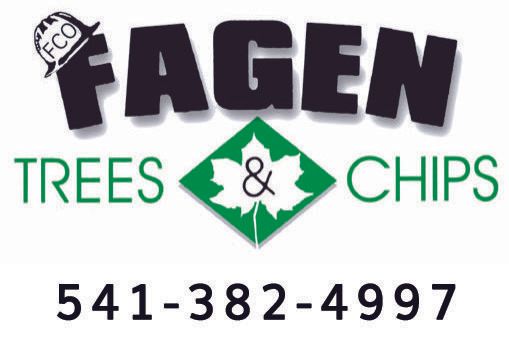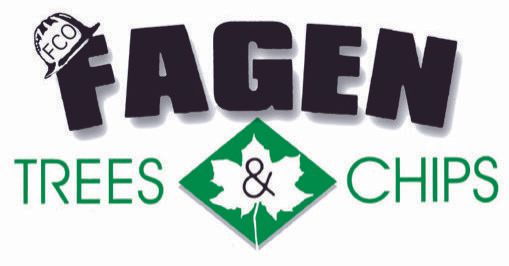SOM BE RF an alternative solution to Reconstructive Forestry Management
SOM BE RF, stands for Segregated Open Market Breakeven Reconstructive Forestry . Let's start with the current process. The US Forest Service uses work orders (or prescription) to detail the type of work that needs to be done in the forests to help maintain the forest health and to reduce fire fuel. In this work order, details about the types of trees to be removed are listed along with other land clearing instructions. Think of this as the USFS “job order” which companies offer bids to do the work. The current process does not support a fair market bidding practice and wastes many resources. An alternative process I would like to recommend is SOM BE RF. Basically this is a different way for the US Forest Service (USFS) to request contracts which is similar but different from stewardship contracts or logging contracts. SOM BE RF is all encompassing approach that better aligns the work to the number one priority of reconstructive forestry and forest health.
Let's start with S for Segregated Market meaning the person on the ground, harvester and/or carbon sequester. This person will be paid by the Forest Service instead of by the mill. These harvesters will be paid by the acres cleaned rather than by the material taken off the land. There are many benefits to this approach. First, it will incentivize harvesters to learn more about forest stewardship, how to preserve the forest and assist in forest management best practices for maintaining a healthy forest instead of the old traditional methodology of just getting as many trees out of the forest at the least possible cost. Secondly, it will also incentivize the harvesters to have the least amount of impact on the forest with the most amount of efficiency. Thirdly, it will benefit the USFS by reducing the perverse incentive of the harvesters to remove bigger trees, which are more valuable material, then thinning out the smaller more dense trees and brush. It will now be more expensive for the harvesters to remove individual larger trees instead of thinning smaller dense trees and brush for an area which will create more of an income. This work now becomes an “area” sale rather than individual small contract harvesting unit. Once the “job order” is set, the harvesters will move along the area in an efficient manner per the job order. Priority areas would be those that need fire fuel reduction the most. Harvesters would continue to clean the area and all adjacent areas to clear all fire fuel materials.
Next is the O for Open Market. The open market phase of the harvesters work would be delivered via the internet through a website that would list all the byproducts. For instance, the USFS could provide a directory of materials available similar to a “craigslist” where the consumer can search for what they want, see pictures of materials and get the price of material. The point is, the consumer would be allowed to buy exactly what they need and in the quantities they need. Product would be separated out and listed for the consumer. Prices will be kept low because the consumer is purchasing directly from the USFS rather than a third party.
Onward to BE for the Breakeven portion of the contracts. This relates to the cost of doing the forest clean up. In the beginning of the program, it would need start in one of two: areas that are cleaner or areas that have larger timber. These areas would initially subsidize the immature byproduct market. As the byproduct market matures the program can eventually move into costlier cleanup areas without the need to subsidize the larger timber.
The USFS will monitor these contracts to ensure they stay at the breakeven point-not making or loosing money. This can be done in four ways; 1. a percent of the job order that allows for larger trees to be removed will over time be reduced because they byproduct from the cleaning will become more profitable. Eventually eliminating big tree removal. 2. As the timber market fluctuates the program can continue to sustain the workforce regardless of market fluctuations. 3. This market can evolve with current demands and market fluctuations. And finally, 4. bigger trees can help eliminate out of pocket expenses and help the program to remain breakeven. I want to make one thing perfectly clear, NO, I am not suggesting that large old growth trees be cut down to pay for this program. What I am suggesting is those larger trees that are dying, died or on the ground, be used to create byproduct that the consumer can buy which will help keep this program breakeven. Again, as the byproduct materials demand increases, the use of larger trees would be phased out as they would not longer be necessary to sustain the program.
An additional benefit to the program, is the opportunity for consumers to bid on the same products, similar to Ebay. With one buyer outbidding another for byproduct materials, in turn, this would create more job opportunities for harvesters as the USFS would hire more people to work to produce more byproduct. This would also help private timber markets because as the byproduct market expands the USFS would be forced to clean up more costly areas of the forests to stay break even which would eliminate the need to harvest bigger more competitive trees on the private market.
And finally, RF which stands for Reconstructive Forestry. This are focusses on the overall management and health of the forest as an ongoing project that utilizes multiple services and disciplines. Some of these are; thinning smaller overcrowded areas of trees, mowing dead limbs and debris along with brush into the forest floor, reducing fire fuels, nurturing the natural duff layer and organics of the forest floor in order to encourage and promote the health of the forest.
Wade P. Fagen
Owner/Arborist- Fagen Trees and Chips


